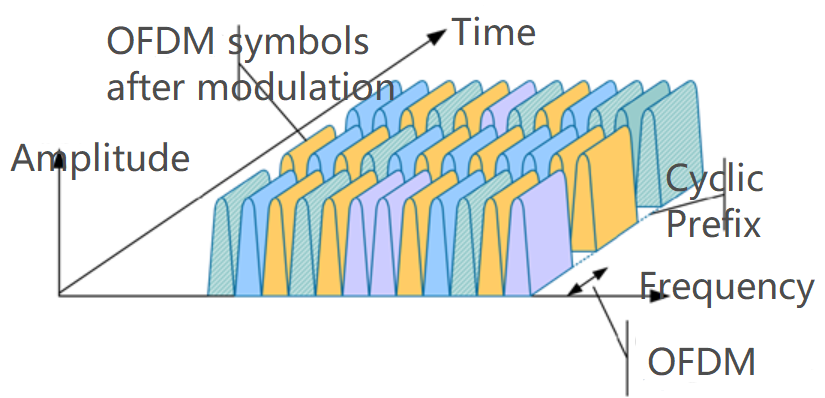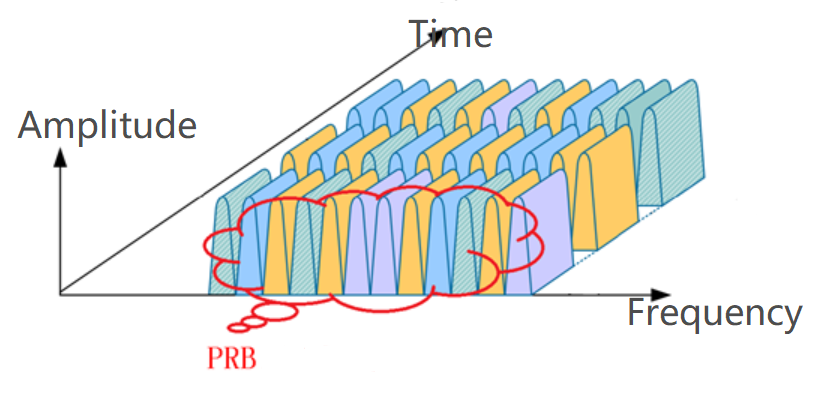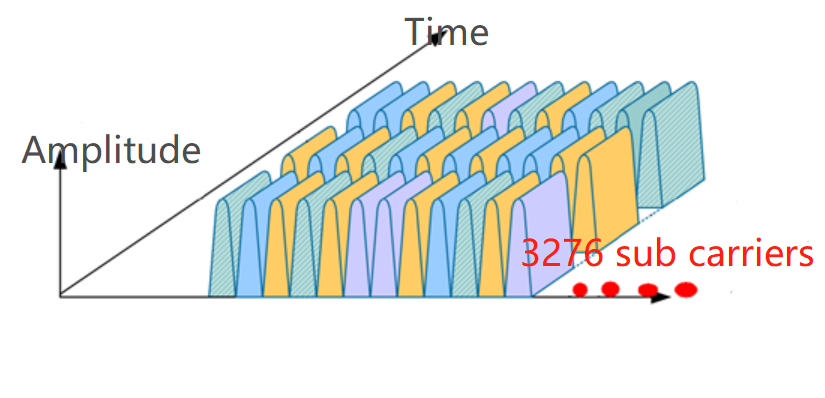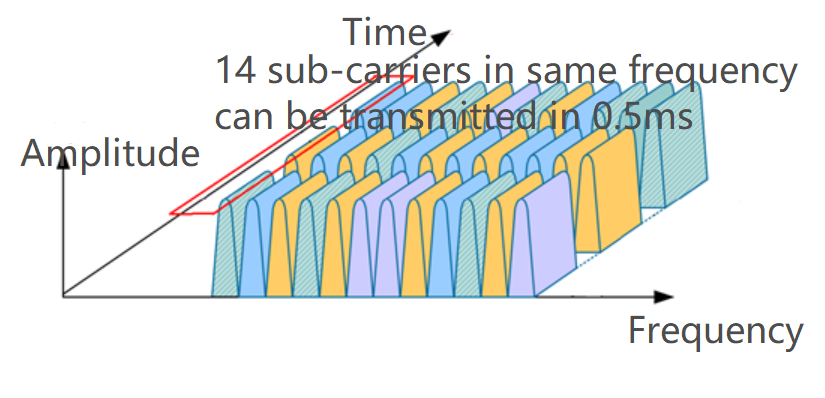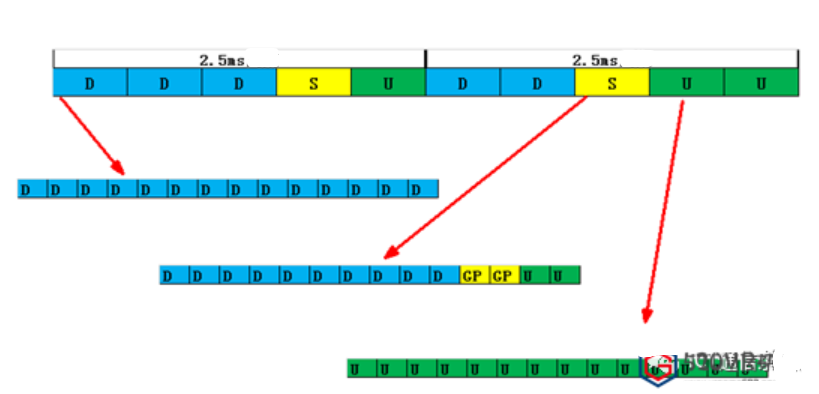1. Basic concepts
Based on the original technology of LTE (Long Term Evolution), the 5G NR system adopts some new technologies and architectures. 5G NR not only inherits OFDMA (Orthogonal Frequency-Division Multiple Access) and FC-FDMA of LTE but inherits the multi-antenna technology of LTE. The flow of MIMO is more than LTE. In modulation, MIMO supports adaptive selection of QPSK (Orthogonal Frequency-Division Multiple Access), 16QAM (16 multi-level quadrature amplitude modulation), 64QAM (64 multi-level quadrature amplitude modulation), and 256 QAM (256 multi-level quadrature amplitude modulation).
The NR system, like LTE, can flexibly allocate time and frequency in bandwidth through frequency division multiplexing and time-division multiplexing. But unlike LTE, the NR supports variable-sub-carrier widths, such as 15/30/60/120/240KHz. The maximum carrier bandwidth supported is higher than LTE, as shown in the figure below:
|
U |
The space of sub-carrier |
The number of per time slot |
The number of time slot of per frame |
The number of time slot of per subframe |
|
0 |
15 |
14 |
10 |
1 |
|
1 |
30 |
14 |
20 |
2 |
|
2 |
60 |
14 |
40 |
4 |
|
3 |
120 |
14 |
80 |
8 |
|
4 |
240 |
14 |
160 |
|
The theoretical calculation of the peak value of NR is related to bandwidth, modulation mode, MIMO mode, and specific parameters.
Following is the time-frequency resource map
The graph above is the time-frequency resource map that appears in many LTE data. And let’s briefly talk about the calculation of the 5G peak rate calculation with it.
2. the calculation of NR downlink peak rate
Available resources in the frequency domain
In 5G NR, the basic scheduling unit PRB of the data channel is defined as 12 sub-carriers (different from LTE). According to the 3GPP protocol, 100MHz bandwidth (30KHz sub-carrier) has 273 available PRBs, which means that NR has 273*12=3276 sub-carriers in the frequency domain.
Available resources in the time domain
The length of the time slot is the same as LTE, still 0.5ms, but in each time slot, there are 14 OFDMA symbols, considering that some resource needs to be used to send a signal or some things, there are around 11 symbols that can be used for transmission, this means that about 11 of 14 sub-carriers of the same frequency transmitted within 0.5ms are used to transmit data.
At this time, 100MHz bandwidth (30KHz subcarrier) at 0.5ms transmission is 3726*11=36036
Frame structure (2.5ms double-cycle below)
When frame structure is configured with a 2.5ms double cycle, the special subframe time slot ratio is 10:2:2, and there are (5+2*10/14) downlink slots within 5ms, so the number of downlink slots per millisecond is about 1.2857. 1s=1000ms, so 1285.7 downlink time slots can be scheduled within 1s. at this time, the number of subcarriers used for downlink scheduling is 36036*1285.7
Single user MIMO 2T4R and 4T8R
Through multi-antenna technology, signal users can support multi-stream data transmission at the same time. The maximum number of downlink and uplink data streams for a single user depends on the relatively small number of base station reception layers and UE receive layers, constrained by the protocol definition.
In the 64T64R of the base station, the 2T4R UE can support up to 4 stream data transmissions simultaneously.
The current R15 protocol version supports a maximum of 8 layers; that is, the maximum number of SU-MIMO layers supported on the network side is 8 layers.
High order modulation 256 QAM
One subcarrier can carry 8 bits.
To sum up, a rough calculation of the peak rate of the downlink theory:
Single user: MIMO2T4R
273*12*11*1.2857*1000*4*8=1.482607526.4bit≈1.48Gb/s
Single user: MIMO4T8R
273*12*11*1.2857*1000*8*8≈2.97Gb/s
Post time: Apr-26-2021


